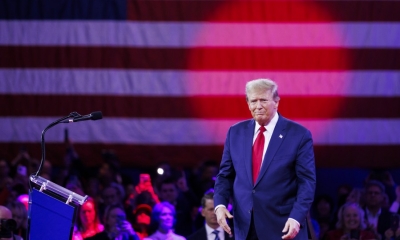The Taiwan Card and the Next War
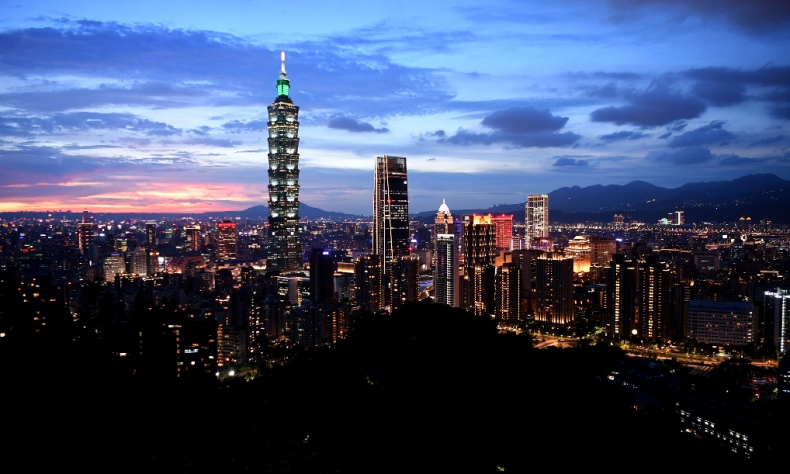
The international community as represented in the United Nations wants a future worth looking forward to that embodies peace and development. But a glance at the world today shows this hopeful vision is not shared by the US and NATO.
Does the war in Ukraine signal an approaching war over the Taiwan Strait? The United States and NATO prepared for the Ukraine war beginning in 1991 after the dissolution of the Soviet Union. During the period, NATO expanded in small steps into the Mediterranean, into Eurasia, and into East Asia via Japan.
Speaker of the US House of Representatives, Nancy Pelosi (D-CA), was about to visit Taiwan island but postponed the visit owing to her testing positive for Covid. It is one thing for an ordinary member of the House to visit but in the US the speaker comes right after the vice president in line of succession to the president. Thus, the symbolism of a speaker’s visit to Taiwan island is greatly magnified.
The planned visit is the latest example of the reckless behavior of US political elites and US China policy. Given the level of hysteria and delusion in Washington DC this behavior will not stop any time soon. At some point in the future, a decisive rebuff of US anti-China policy is to be expected.
Will the US go so far as to provoke war with China?
Before the Russian intervention in Ukraine, many analysts may have said no. This assessment based on a rational calculation that such a war would trigger World War III seemed logical. But it overlooks the level of delusion and hysteria in Washington in the present day as revealed in the leadership of the US in the Ukraine war.
Of course, Taiwan island is part of China, and the US officially in the past recognized this fact. But in recent years Washington has equivocated leading some analysts to conclude that US policy has shifted despite rhetoric to the contrary.
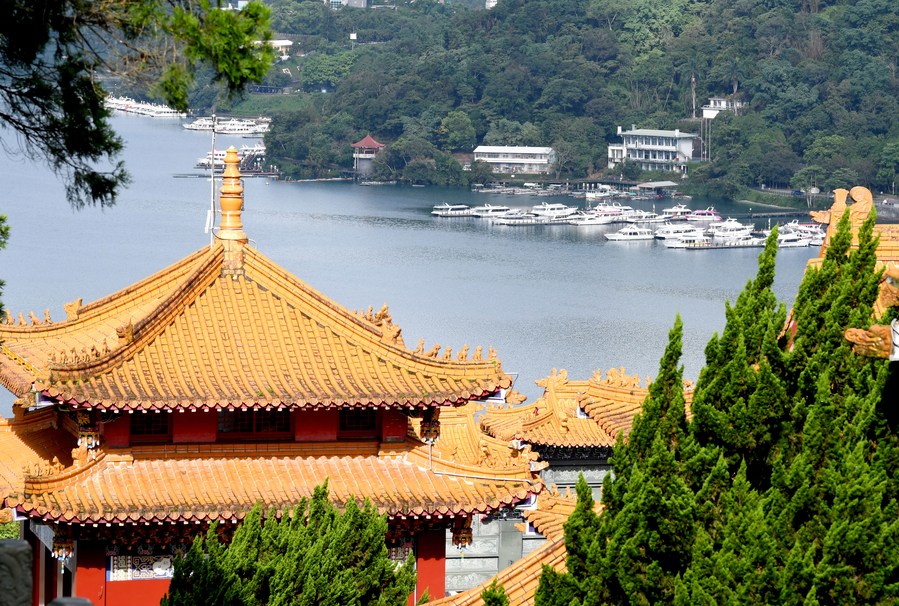
Washington may believe this policy change from clarity to ambiguity to veiled support for Taiwan independence is a clever strategy. It may also believe that such a shift prepares the way for more forceful US actions to support Taiwan secession from the Chinese mainland. Taiwan secessionist politicians are increasingly bolder of late. Was the Pelosi visit part of a US strategy to push Taiwanese secessionist politics to a new stage of confrontation with the mainland?
It appears today with the substantial military support of Ukraine in Washington that a parallel policy of increasing military and political support to Taiwan island is in place. US arms sales are one indicator. Another indicator is the level of US political delegations visiting. Pelosi is at the top echelon in the US Congress. Whether she actually visits in the future is irrelevant to the symbolism of her planned visit.
In Washington, there appears to be a consensus that the US must defend the independence of Taiwan island and use military force to do so. Diplomatic rhetoric supporting Taiwan island is not enough so increased military presence in the region is essential, it is argued. The level of US military presence in the region is a subject of debate given the new situation in Europe. But the consensus appears to settle on the concept of “denial”. That is to say the US by placing sufficient military power in the region can “deny” China from countering US support of the secession of Taiwan island.
US military leaders testifying before Congress highlight the perceived increasing threat to the US from China and Russia. Politicians endorse such hawkish threat perception and scenarios to confront China. It is obvious to the world that the US is confronting Russia today by using Ukraine as a proxy. The parallel is the US using Taiwan island as a proxy against China.
Is there any difference between the two US political parties and China policy?
The answer is no. Both parties on a “bipartisan” basis endorse a policy of confrontation with China. Has Joe Biden removed the Trump tariffs? No. Is there any call in Congress to remove such punitive tariffs on China? No. Perhaps a few in Congress with free trade views would prefer the elimination of punitive tariffs but they are just a few voices in the wilderness. Is there any call in Congress to not increase US military presence in the Asia-Pacific? No.
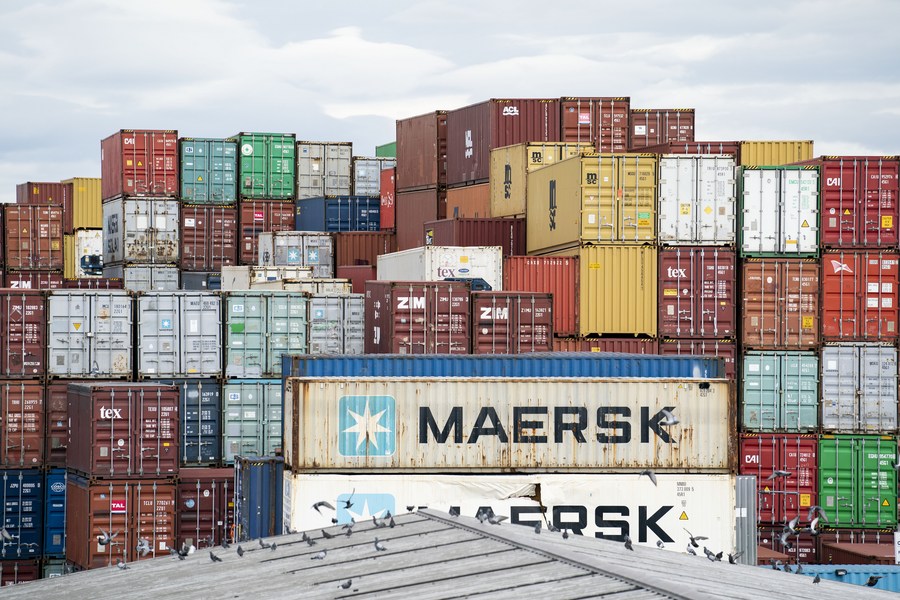
Where is the US strategy going forward?
The US foreign policy elite in 2006 updated the Cold War strategy to take into consideration the rise of China and the return of Russia. The prior strategy of containment of the Eurasian landmass was updated in terms of political rhetoric. The two-bloc concept of “Free World” versus “Communist World” was altered slightly. The new slogan became “Democracy” versus “Autocracy.”
In addition to the new slogan emphasis on military power for containment increased. This led to the Obama “Pivot” to Asia as well as to increased military support to Ukraine at the same time. The geopolitical strategy, using Ukraine against Russia, was longstanding in US planning and NATO. In fact, such use of the “Ukraine Card” goes back to planning as early as 1991 and the dissolution of the Soviet Union and the end of the Warsaw Pact alliance.
The US may have believed that the Ukraine war would distance China from Russia. But such a fantasy could only exist in the minds of delusional politicians and planners in Washington. It is obvious that in the face of increasing US hostility to Russia and China that the two states would draw closer rather than apart.
Political scientists who work in the international relations discipline know from history that states will balance against a perceived hegemon. Using the Western experience, they point to alliances and coalitions that formed against Louis XIV, Napoleon, and Hitler. Such a realistic understanding of state behavior under threat leads scholars to see the same situation in today’s world.
Because the US political elite lost all sense of proportion and balance it engages in reckless and dangerous foreign policy. Some political scientists and observers would say that the US is not a “rational” actor. They advocate prudence, restraint, and a moderate foreign policy but are ignored. The hawks firmly control policy debate in Washington and that will not change any time soon.
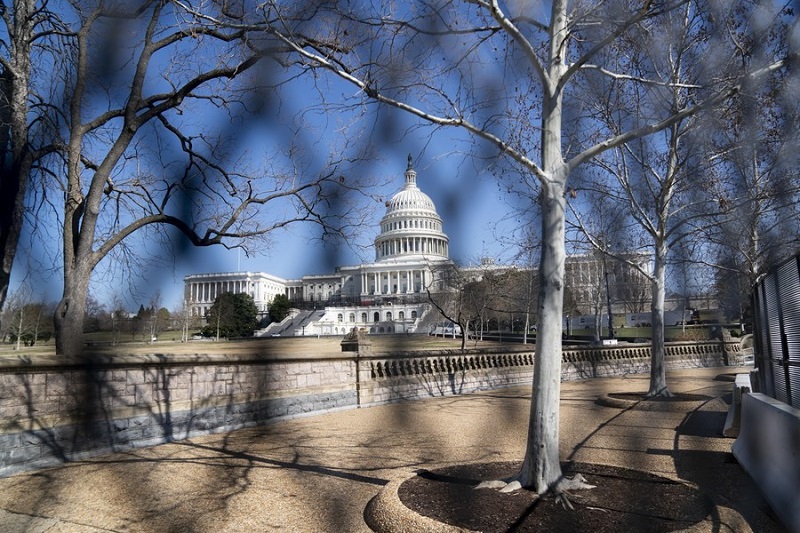
The hawks today in Washington are an alliance of several political factions and networks. On the right, there is the Neoconservative policy network and the old anti-communist Cold War hawks. On the so-called left there are the liberal internationalists and the humanitarian interventionists. These orientations are found in both political parties and so the overall hawkish and confrontational US foreign policy is supported by disparate factions within the overall Establishment.
The United States since World War II has lost all its wars: Korea, Vietnam, Iraq, and Afghanistan. It will also lose its Ukraine proxy war against Russia, some military observers say. Because the US does not learn from past mistakes, even major strategic mistakes, it is likely that confrontation will increase against China and Russia.
Although not a few are in denial about a “New Cold War” this is not a realistic understanding of the world today. Of course, the international community as represented in the United Nations wants a future worth looking forward to that embodies peace and development. But a glance at the world today shows this hopeful vision is not shared by the US and NATO.
In the face of increasing dangers, advocates for peace and development must continue to speak out and continue to support the concept of a community with a shared future for mankind.
The article reflects the author’s opinions, and not necessarily the views of China Focus.
 Facebook
Facebook
 Twitter
Twitter
 Linkedin
Linkedin
 Google +
Google +





